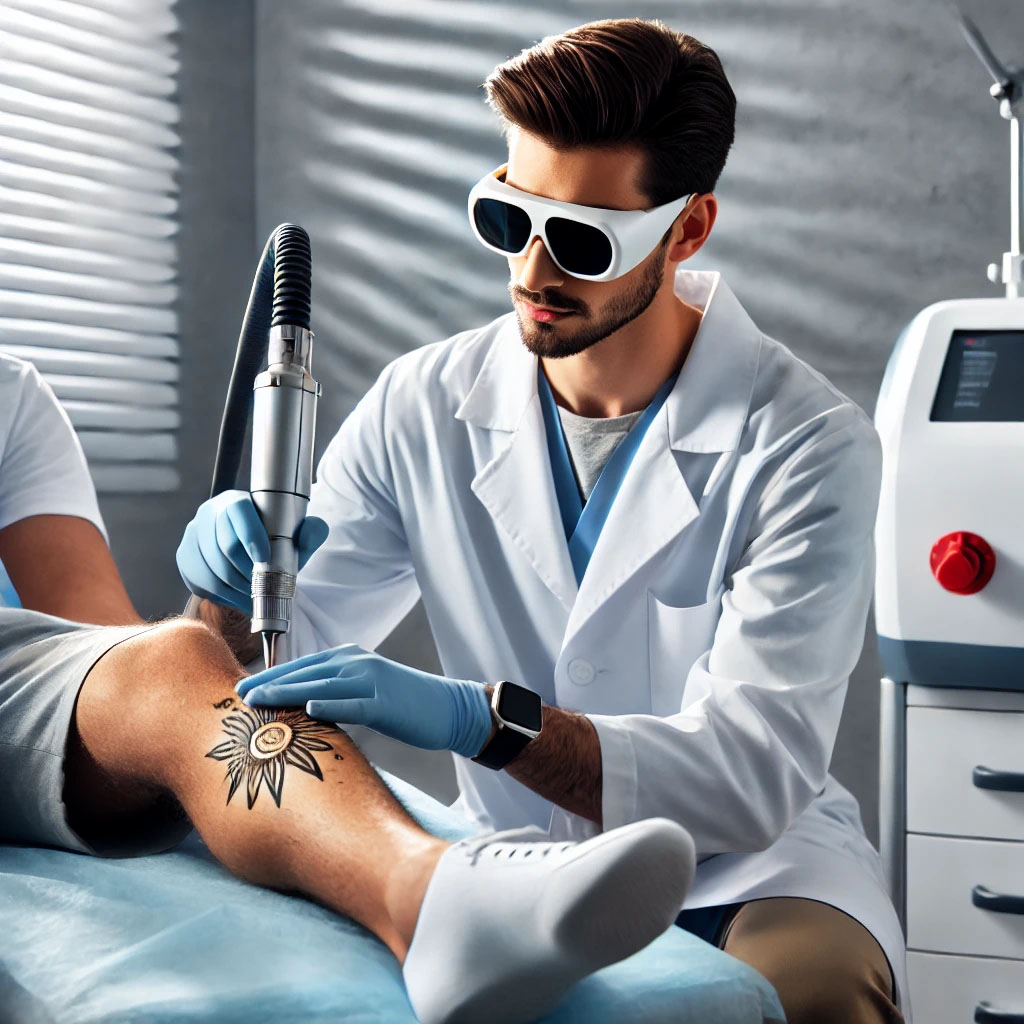Tattoos are often cherished symbols of personal expression, marking significant memories or artistic statements on the canvas of our skin. However, as our lives evolve, so too do our perspectives and preferences. For some, this means seeking tattoo removal—a process that can sometimes lead to the formation of blisters. If you’re considering tattoo removal or are already undergoing treatment, understanding why these blisters form and how to care for them is crucial for a smooth recovery. This blog post aims to provide in-depth insights into tattoo removal blisters, offering guidance to ensure your skin heals comfortably and effectively.
Tattoo removal has gained popularity over recent years thanks to advancements in laser technology that promise more effective results with minimal side effects. The laser works by targeting ink particles embedded within your skin, breaking them down into smaller fragments that your body can naturally eliminate. While this sounds straightforward enough, the process isn’t without its temporary discomforts—one of which includes blistering.
Blistering occurs because the laser energy generates heat on the treated area. This heat causes a controlled injury to your skin’s surface layer as it penetrates deeper to reach the pigment particles. In response to this trauma, your body’s natural healing mechanisms kick in; one result is the formation of small fluid-filled sacs known as blisters. While their appearance might be unsettling at first glance, it’s important to recognize them as part of a normal healing process designed to protect new skin forming beneath.
The presence and severity of blistering can vary significantly among individuals based on several factors such as skin type, location of the tattoo, color and age of ink used in the tattoo, and even individual pain thresholds and healing responses. Black ink tends to absorb more laser energy than colored inks due to its higher density and contrast against most skin tones, which may lead to more pronounced blistering compared with lighter inks.
Proper aftercare is essential when dealing with tattoo removal blisters—both for comfort and optimal healing outcomes. Immediately following a session, it’s recommended that patients keep the treated area clean and dry while avoiding unnecessary friction or pressure on the site. Applying a sterile dressing can help prevent infection while also cushioning sensitive skin from irritation caused by clothing or environmental factors like dust or dirt.
In addition to these precautions, consider using over-the-counter topical treatments specifically designed for wound care if approved by your dermatologist or healthcare provider. These products often contain ingredients such as hydrocortisone or aloe vera which can soothe inflammation and promote faster healing by keeping affected areas moisturized without introducing bacteria.
As you navigate through multiple sessions (tattoo removal usually requires several appointments), maintaining open communication with your dermatologist is key—they are best equipped not only in guiding you through personalized aftercare plans but also monitoring any unexpected reactions you might experience during recovery periods between treatments.
Tattoo removal blisters may seem daunting at first but understanding their role in your body’s natural healing processes helps demystify what many perceive as an unwanted side effect of otherwise beneficial procedures aimed at removing unwanted tattoos safely over time! Remember always consult professionals before beginning any medical procedure—including those related directly towards skincare—to ensure best practices followed throughout entire journey back towards clear unblemished complexion desired all along! Your patience will pay off; taking good care yourself now lays foundation healthier happier tomorrow free from regrets past decisions etched permanently into dermal layers once upon time long ago!
